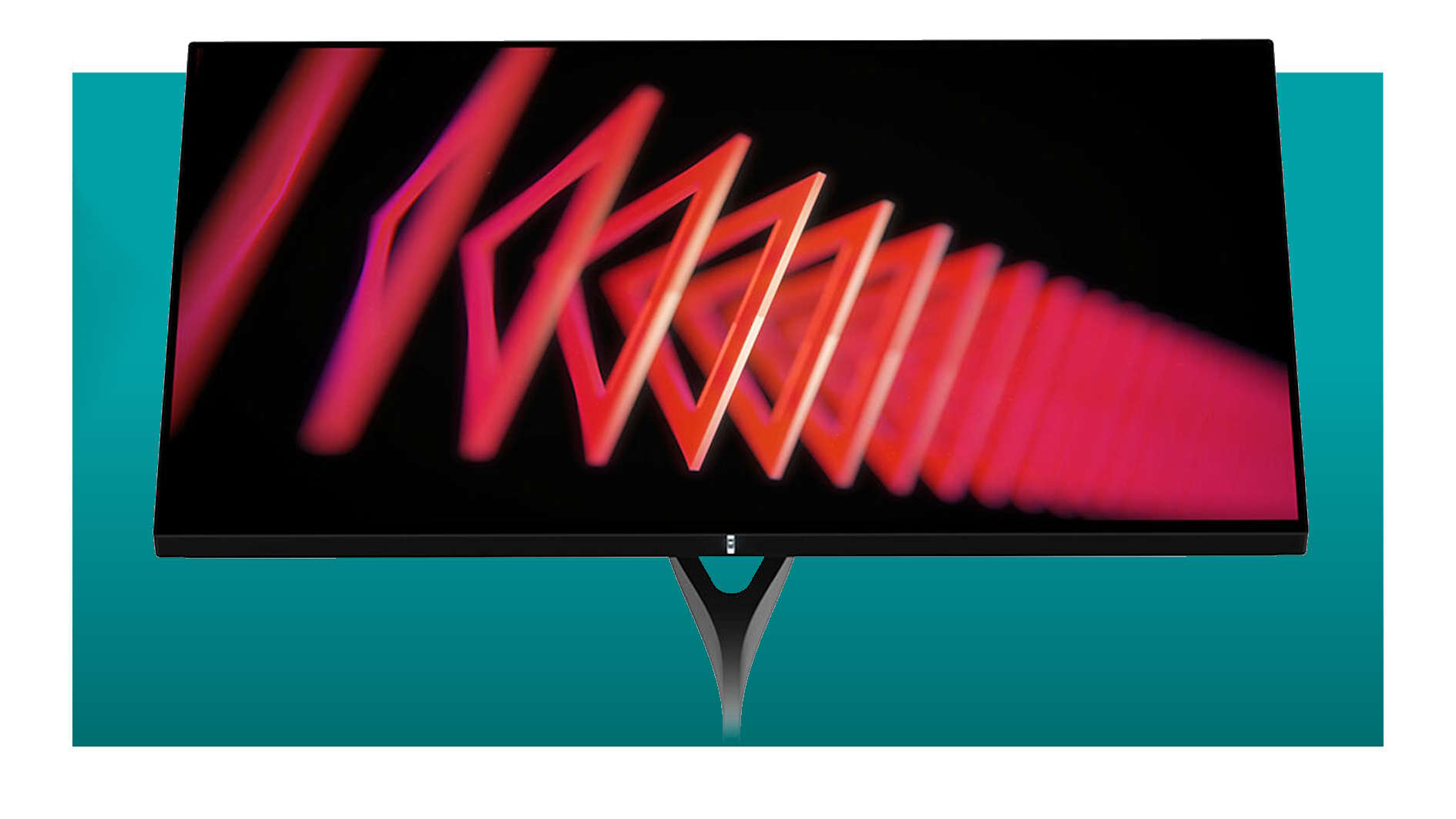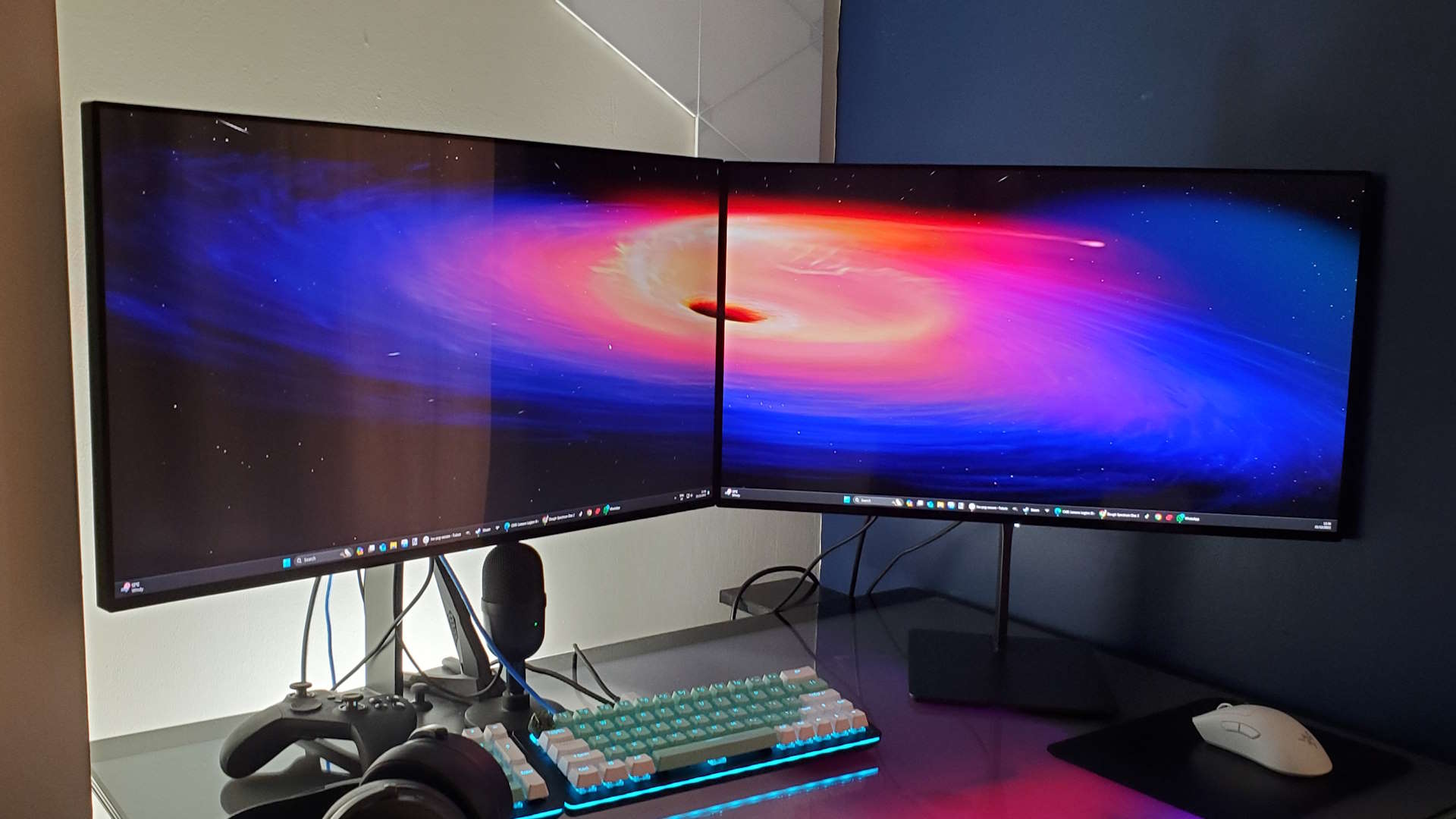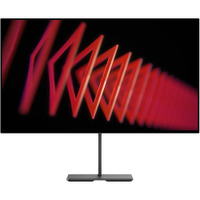The glossy 4K gaming monitor I'd pick over any current OLED is just $500 today
There's a $200 discount on the gorgeously glossy Dough Spectrum One at both Amazon and B&H Photo.

Dough Spectrum One Glossy | 27-inch | 4K | 144Hz | DisplayHDR 600 | IPS | $699.99 $499.99 at Amazon (save $200)
I've currently got a pair of Spectrum One screens sat on my desk at home, one with this standard glossy coating and the other is the $100 more expensive Gorilla glass version. And, honestly, I don't think it's worth spending the extra as the contrast, colour, and vibrancy of this bright IPS panel is already a big step up over a standard matte coating. The Spectrum One still impresses me every time I boot up my machine, and its peak 750 nit luminance actually makes it a good HDR screen with the extra contrast of the glossy panel. Just don't forget to add a stand if you don't have a spare monitor arm.
Price check: B&H Photo $499.99
Unless you're willing to spend over a grand on an OLED gaming monitor, this is almost as good as it gets in terms of affordable image quality. And with the Dough Spectrum One now starting at just $400, you're getting a whole lot of 4K panel tech for your money. That's the matte version, however, which is a nice high refresh rate 4K display though it's not the zingy, high contrast goodness of the glossy version of the Dough screen.
With a recent price cut, ostensibly coinciding with the release of its first OLED, the Spectrum Black, the original Spectrum One panels have had a serious pricing haircut. My pick of the bunch, and one that still has pride of place on my own PC desk, is the Spectrum One Glossy for just $500 from Amazon, and that's a $200 price cut on a screen that has already had a price cut from its original launch.
It's a full LG IPS panel, runs its 3840 x 2160 display at 144 Hz and is rated as FreeSync Pro and G-Sync Compatible, too. I've also come to grips with its HDR experience, too. For a long time I've been resistant to its high dynamic range charms, mostly because of the muted experience on SDR content and the Windows desktop. But now I've learned the most powerful Windows shortcut in gaming, I'm actually taking advantage of its DisplayHDR 600 rating and the peak 750 nits luminance it can actually achieve.
And it made Cyberpunk 2077 Phantom Liberty an even more gorgeous experience than on a standard screen.

The most important thing, however, is that the Dough Spectrum One is on sale at both Amazon and B&H Photo at this price. That means you no longer have to go direct to Dough itself. And that's important because the news which has always trumped its excellent displays is the furore around the unfulfilled pre-orders and generally poor customer service its direct sales activity is known for.
This is one occasion where you absolutely do not want to be cutting out the middleman. I'd be happy to pick up the Spectrum One at either Amazon or B&H Photo, less happy about going direct having spoken to people who had to fight to either get their screens or their money back.
That's a real shame, because I'm a huge fan of this glossy display, and it's what's kept me from wanting an OLED for my home desktop setup. Nothing I've seen from either LG or Samsung's OLED foundries can touch the clarity, full screen brightness, and colours of this 4K display. Until the $1,000+ 4K OLEDs arrive in the labs anyways.
It is worth noting, however, that Dough sells screen and monitor stand separately, so you will have to add another $100 on to the price of the panel itself. The idea was initially part of the crowd-sourced origins of the display, where the community requested the option for the screen to ship without a stand for those using VESA standard monitor arms who didn't want to pay for something they wouldn't use.
The biggest gaming news, reviews and hardware deals
Keep up to date with the most important stories and the best deals, as picked by the PC Gamer team.

Dave has been gaming since the days of Zaxxon and Lady Bug on the Colecovision, and code books for the Commodore Vic 20 (Death Race 2000!). He built his first gaming PC at the tender age of 16, and finally finished bug-fixing the Cyrix-based system around a year later. When he dropped it out of the window. He first started writing for Official PlayStation Magazine and Xbox World many decades ago, then moved onto PC Format full-time, then PC Gamer, TechRadar, and T3 among others. Now he's back, writing about the nightmarish graphics card market, CPUs with more cores than sense, gaming laptops hotter than the sun, and SSDs more capacious than a Cybertruck.


